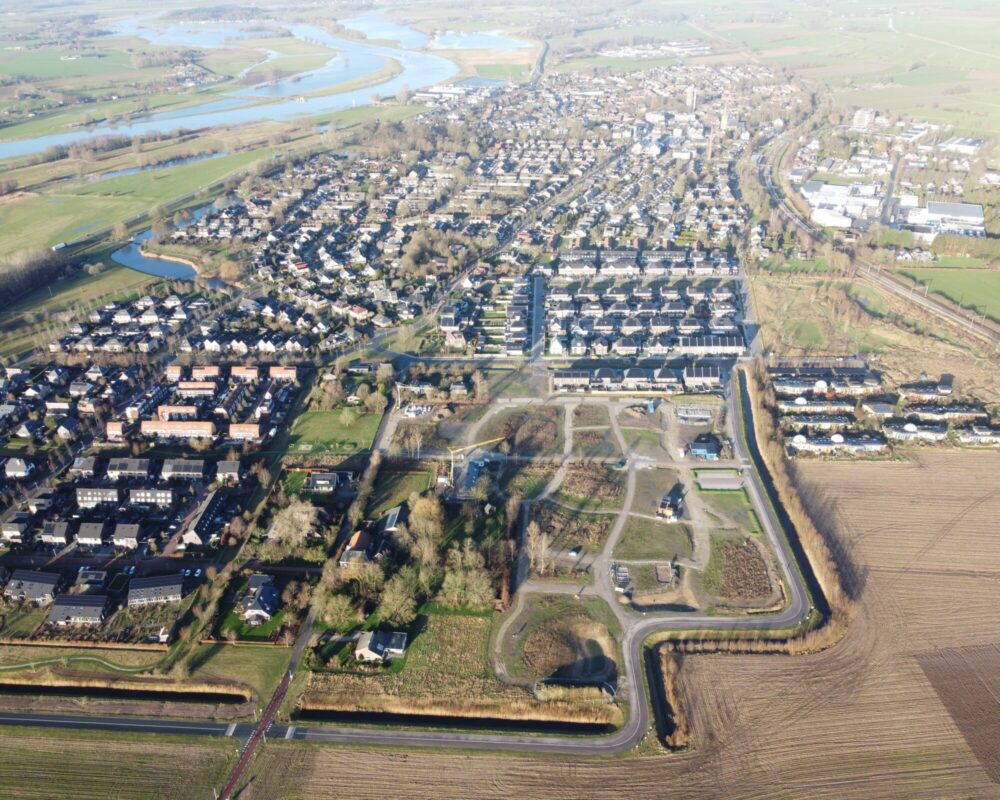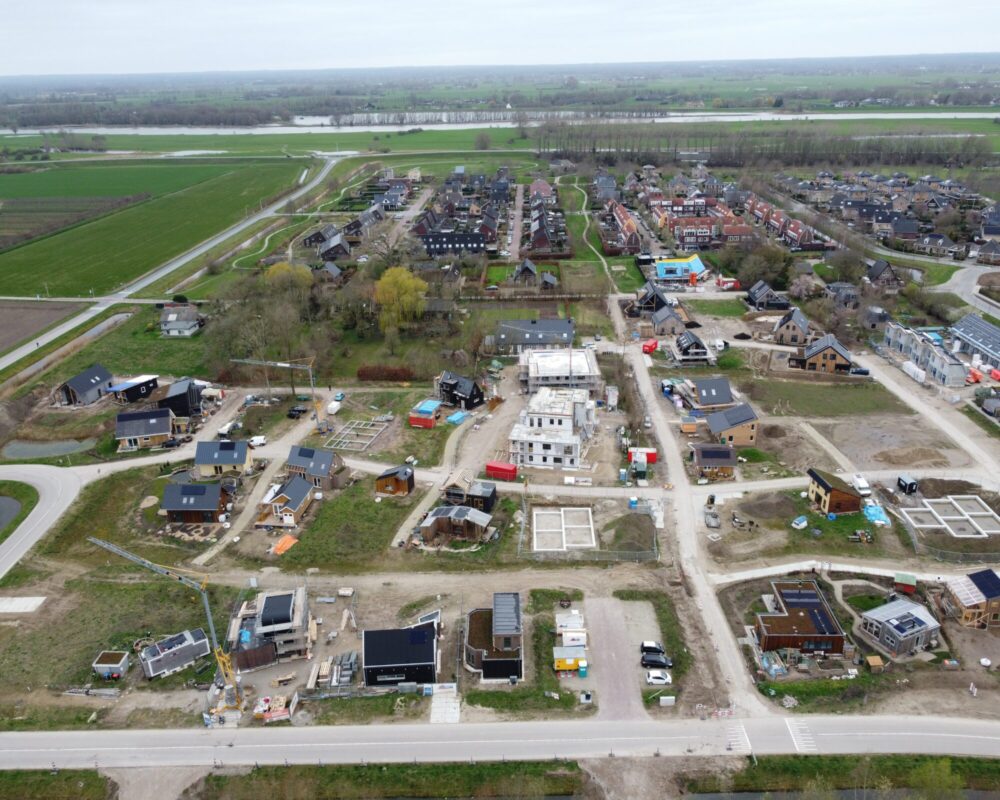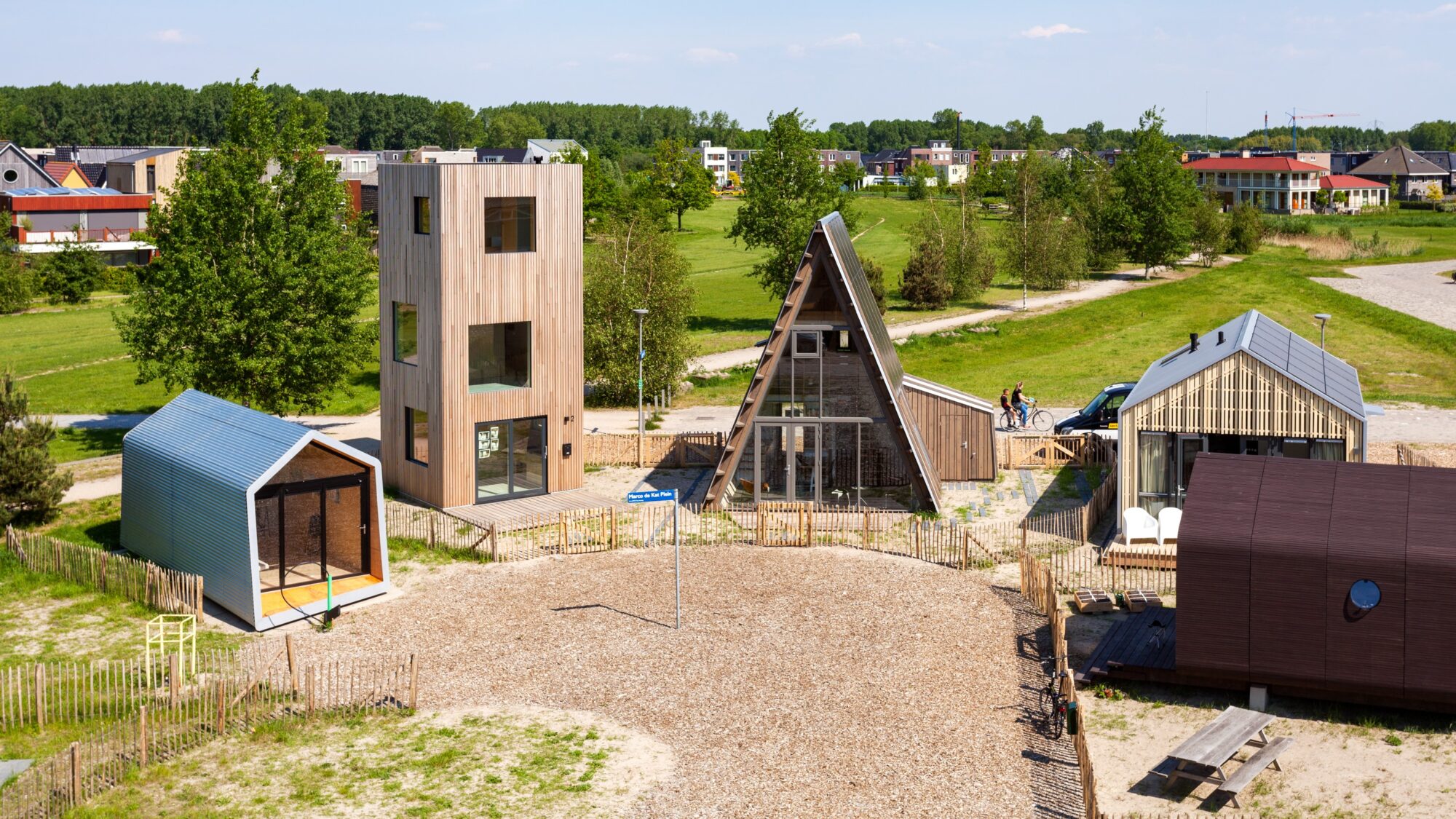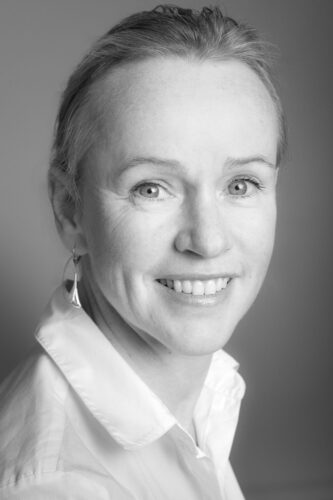Jacqueline Tellinga is an area development program manager at the municipality of Almere, where she led the BouwEXPO Tiny Housing and the development of the large self-build neighborhood Homeruskwartier, among other things. She is the author of the book ‘Klein Wonen Small Homes’ and, as a member of the Expert Team Housing of the RVO, advises on housing assignments. Municipalities with questions about citizen initiatives and small living initiatives will find a wealth of knowledge and experience with Jacqueline. Provided a number of basic conditions are met, she can help Tiny House projects quickly.
Walking through the Olstergaard in Olst, a nature-inclusive and circular self-build neighborhood with Tiny Houses, Tiny+ homes and larger homes, we talked about what the Expert Team Housing does and the development of small living in the Netherlands.
How can the Expert Team Housing help municipalities?
‘First of all, it is important to know that the Expert Team Housing does not support companies or private organizations, but it does support municipalities and provinces. This can be through an information session, but also support in one of the following areas: administrative, legislative, planning and financial. As soon as a municipality wants to start a Tiny House development, it can ask the Residential Building Expert Team for help.’



Images: The nature-inclusive and circular residential area of Olstergaard in the municipality of Olst-Wijhe, where small and larger living are mixed up. Drone footage: André van den Akker.
What does a municipality really need to know if it wants to get started with Tiny Houses?
‘That there is demand. You no longer need to conduct research into whether there is enthusiasm for small living in your municipality, that has long been proven. And of course you can work much faster if the municipality itself has land available.’
What recent developments do you see that affect small living?
‘The most important thing is the demographic shift that has already taken place. More than four out of every ten people will be living alone by the middle of this century. . The Netherlands has long ceased to be a family society, but a society of people living alone. Living alone is different from being single. This shift is therefore still ongoing. This is not only due to aging, but is also related to our lifestyle.’

‘When you live alone in a large house you can literally withdraw yourself. The house is big. Contact with the environment requires you to put in a little more effort. In a neighborhood of small houses you can still retreat, and at the same time connect to the outdoors. That could be your neighbors, your garden, the sky. This is not only due to the smaller house, but also to the layout of the neighborhood.
Neighborhoods with an open lay-out, neighborhoods without fences, neighborhoods with character. Small living invites you to go outside more quickly and causes a greater involvement with the environment: climate, nature, light, the weather, the seasons, you experience it all more consciously.
These kinds of neighborhoods offer hospitality. It is an answer, especially in the aging wave associated with loneliness. Regular homes are too often a bastion, in functionally designed neighborhoods. Clear divisions between the private and the public instead of meeting and outdoor life. The car dominates: house, sidewalk, car. House, sidewalk, car. And the asphalt in between.
While in a ‘one-person society’ it should also be about the chance of the meeting. We can learn from neighborhoods like this (Olstergaard) with small houses and lots of greenery. It does not necessarily have to be about the Tiny House movement. It is an answer to a changed society, to a demographic shift.’

Image: The BouwEXPO Tiny Housing in Almere Poort resulted in a neighborhood with seventeen small homes with small gardens on 1400 m2.
Can you tell us something about the Didam judgment in relation to Tiny Houses?
‘The essence of the Didam judgment is that when a government body wants to sell scarce goods, it has the task of offering it to all interested parties in all openness. That is only logical. Land is by definition a scarce resource. So if you want to sell land as a government, all interested parties must be given a chance. Apparently a judgment was needed to clarify this again.
If a new area is going to be developed somewhere, a municipality will now pay extra attention to this. It is therefore even more important that an issue takes place in competition when it comes to municipal land. This legalization does not make things any easier for citizen initiatives and tiny house initiatives. It is much easier for municipalities to issue a tender with a whole series of conditions that fit seamlessly into the professional developers’ business operations. A citizens’ initiative for Tiny Houses can never participate in this.
The alternative is to go to the city council and raise it there. The municipality can also issue a tender in such a way that citizens’ initiatives do indeed qualify, but they usually take standard tenders off the shelf. An example tender written from the Tiny House movement would therefore be a good idea.’
What is your golden tip for municipalities?
‘The best solution for facilitating small living is for small forms of housing to be included in the zoning plan (soon: environmental plan). It is a nice challenge for landowners to come up with a good solution for this. Municipalities with their own land can sell plots to private individuals on a one-to-one basis. Like here in the Olstergaard, but also in Almere.
Then you are talking about PO or CPO: (Collective) Private Commissioning. This is also possible in urban areas in high densities: the BouwEXPO Tiny Housing in Almere Poort resulted in a neighborhood with seventeen small homes with small gardens on 1400 m2.
There too, it turned out that there is a large market for this type of housing. It is a sincere wish of a growing group of people to live small and affordable. The biggest counterforce is a lack of conviction that people want to live like this. The culture within the municipality is a determining factor when it comes to the success or failure of a Tiny House project, or any citizen initiative for that matter.’
What do you want to tell initiative groups?
‘It starts with the land. If there is no land available, you have to have a very long breath. Or, if Tiny Houses do not fit into the environmental plan. If you have that long breath, you can make something where dreams come true.
Despite these obstacles, many wonderful initiatives have already emerged in the Netherlands. So it’s here, we can do this.’
For more information about the Expert Team Housing , see:




Leave a Reply